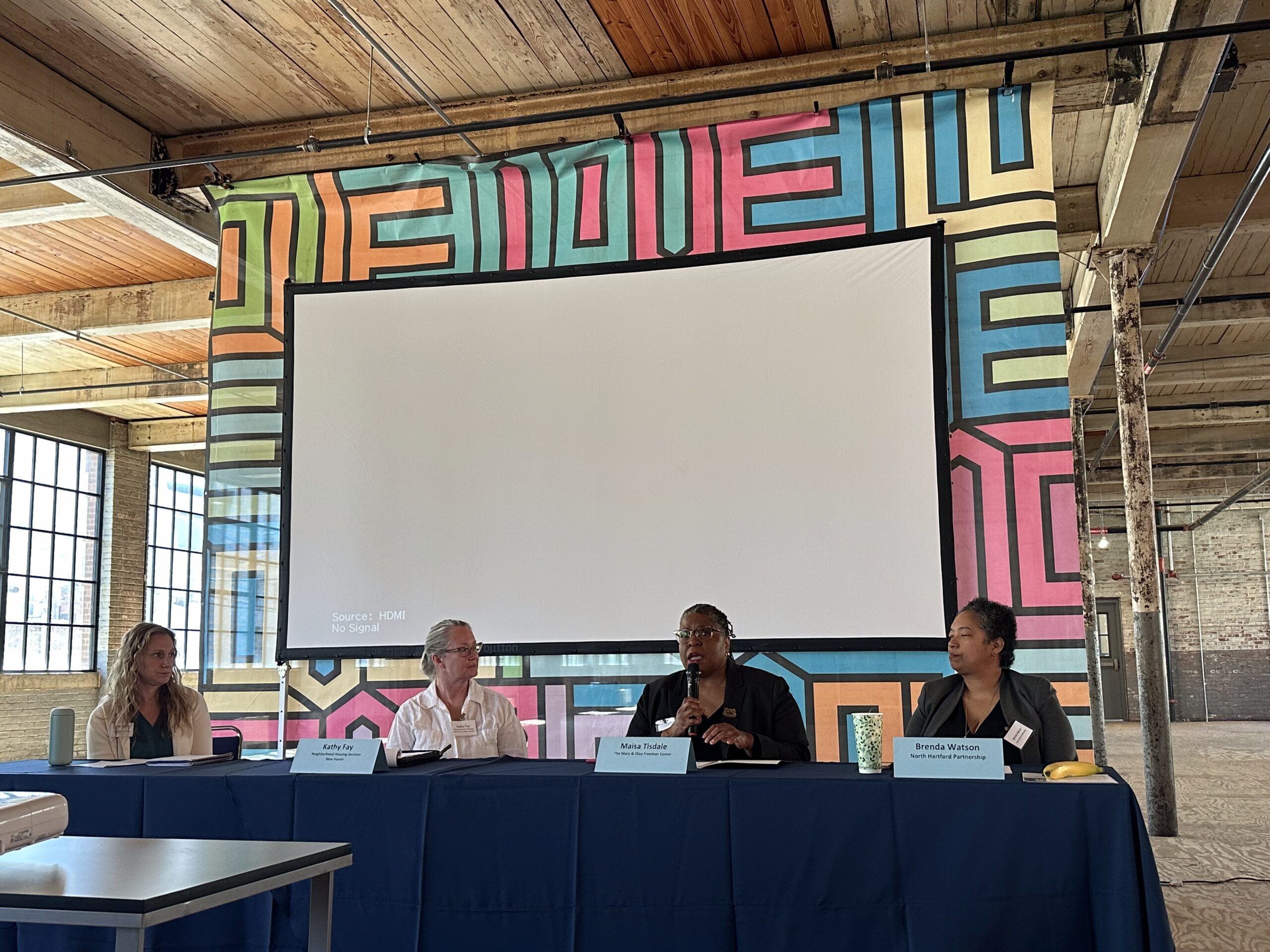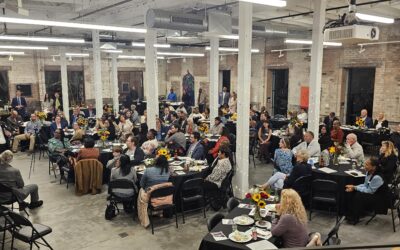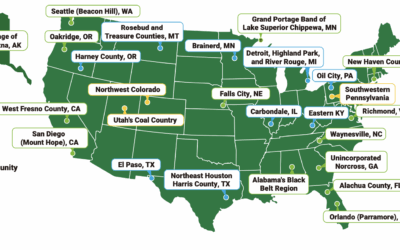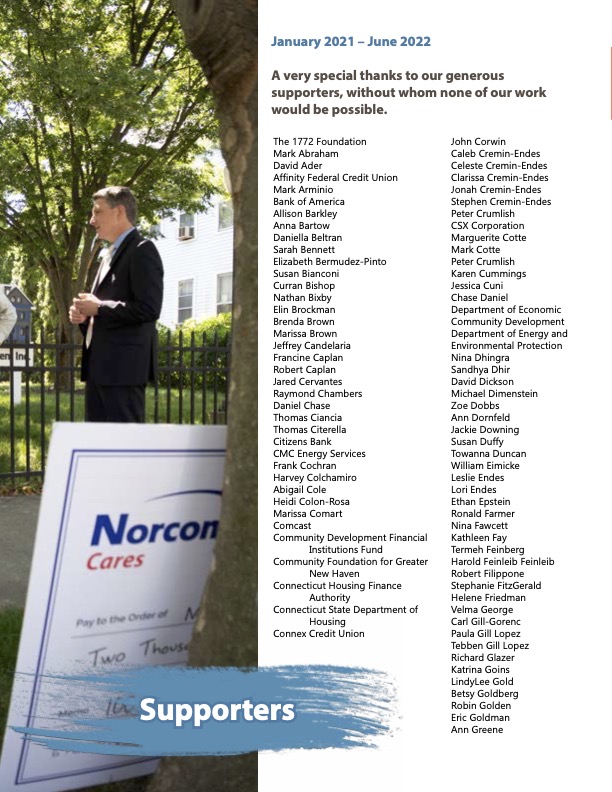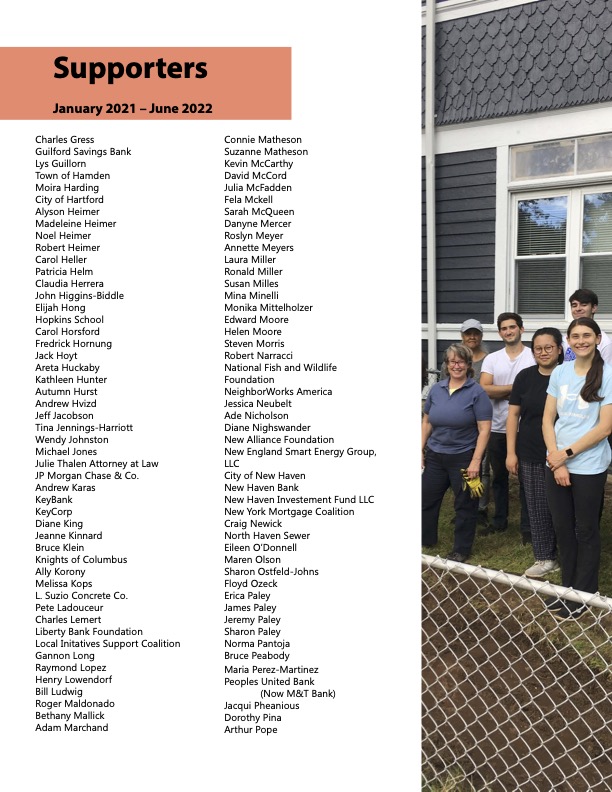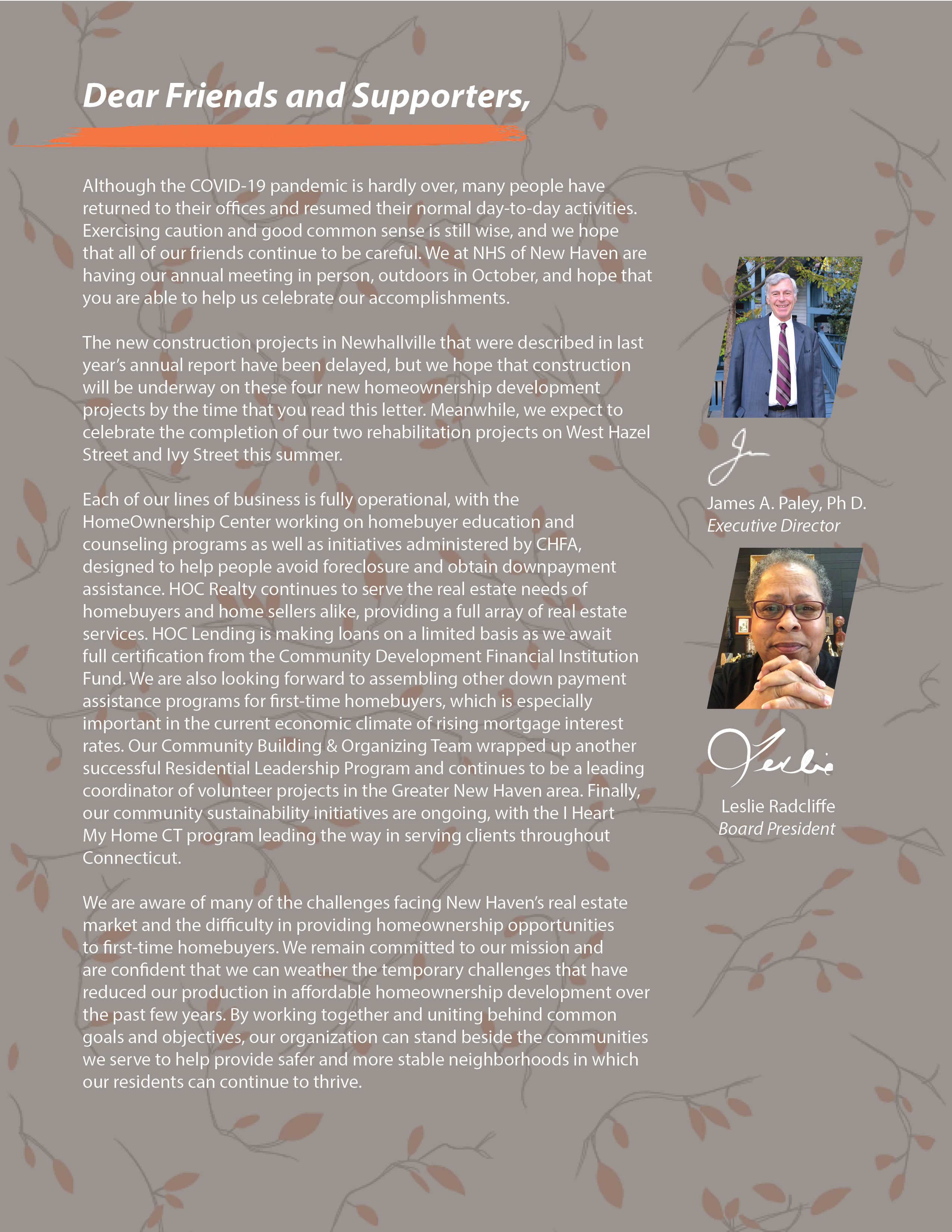Building Resilient Communities: A Conversation on Climate, Preservation, and Equity
Neighborhood Housing Services of New Haven joins partners to discuss community-based climate resiliency
Neighborhood Housing Services of New Haven (NHS) recently joined an important conversation hosted by staff from the Connecticut Institute for Resilience and Climate Adaptation (CIRCA) and Connecticut Green Bank’s Stephanie Chun, bringing together community leaders at the intersection of housing and environmental justice to discuss resiliency hubs. The panel featured NHS’s Kathy Fay alongside Brenda Watson of the North Hartford Partnership and Maisa Tisdale of The Mary & Eliza Freeman Center. Together, they discussed what climate resiliency looks like when it’s grounded in community and how local organizations are at the forefront of change.
Connecting Housing and Climate
Kathy Fay shared how NHS has been serving New Haven for over 45 years, beginning with a focus on new construction, home rehabs, and first-time homebuyer support. Today, NHS continues this work while expanding into sustainability through stormwater management and home efficiency upgrades like heat pump installations.
“We’re out in the community a lot,” said Fay, “and we’re already seeing the impacts of climate change, from increased rainfall to urban heat island effects.” With New Haven’s geographic diversity—some neighborhoods facing rising sea levels while others endure intense urban heat—the challenges are complex and deeply local.
What Does a Community Resilience Hub Look Like?
For NHS, resiliency starts at home. Fay emphasized the importance of getting cooling systems like heat pumps into people’s homes, particularly for seniors and those without access to reliable transportation. “We have cooling centers,” she explained, “but you need to get people there. It’s better if we can bring cooling to them.”
Maisa Tisdale shared how her organization uses a humanities-based approach to climate resiliency, preserving homes of free people of color and amplifying stories that connect historic preservation to present-day environmental justice. Their work contributed to shutting down a local coal-fired power plant, demonstrating how community action can reshape the energy landscape.
Brenda Watson added her perspective from North Hartford, where she leads three programs focused on helping neighborhoods through both direct services and systemic change. “We have to go beyond the mission,” she said. “Our goal isn’t just to sustain an organization, but to transform the need for it.”
Forging the Path Ahead
When asked about what supports are most needed, Fay emphasized the importance of educational opportunities and partnerships that bring community residents and organizations together. “We’re not going to get everything we need from the state or federal government,” she said. “That’s why organizations like ours act as connectors—linking people to resources, and each other.”
She also highlighted the need for deeper awareness of the economic impacts of climate change on low- and moderate-income communities. “Tools like the ones provided by CIRCA are valuable,” she noted, “their contents have to be accessible, and the resulting actions need to be community-informed.”

